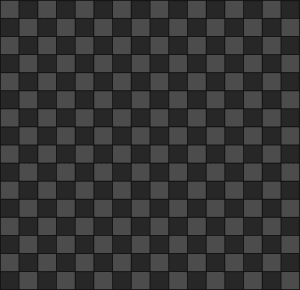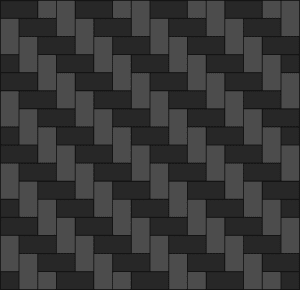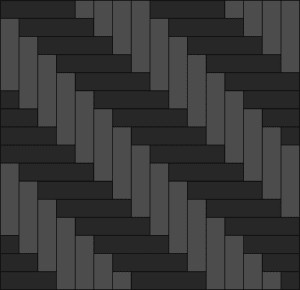Carbon Fiber Weaves: What They Are and Why You Should Use Them
Jun 03, 2023
Leave a message
If you've ever wondered why one piece of carbon fiber might look different than another, you're not alone. Carbon fiber comes in many different weaves, each serving a different purpose, and it's not just decorative.

Carbon fibers are made from precursors such as polyacrylonitrile (PAN) and rayon. Precursor fibers are chemically treated, heated and stretched, then carbonized to create high-strength fibers. These fibers, or filaments, are then bundled together to form tows, which are identified by the number of carbon filaments they contain. Common towing classes are 3k, 6k, 12k and 15k. "k" means one thousand, so a 3k tow is made of 3,000 carbon filaments. A standard 3k tow is typically 0.125" wide, so packs a lot of fiber into a small space. A 6k tow has 6,000 carbon filaments, a 12k tow has 12,000 carbon filaments, and so on. Lots of high-strength fibers bundled together are what make carbon fiber such a strong material.
Woven carbon fiber
Carbon fiber usually comes in the form of a woven fabric, which makes it easier to work with and, depending on the application, can provide additional structural strength. As a result, carbon fiber fabrics come in many different weaves. The most common are solid, twill, and ribbon satin, and we'll look at each in more detail.
plain weave
The plain-weave carbon fiber panels appear symmetrical, with a small checkerboard appearance. In this weave, the tows are woven in an over/under pattern. The short spacing between the weaves gives the plain weave a high degree of stability. Fabric stability is the ability of a fabric to maintain its weave angle and fiber orientation. Due to this high level of stability, plain weave is less suitable for complex contoured layups, it will not be as flexible as some other weaves. Generally speaking, plain weave is suitable for flat sheets, pipes and two-dimensional curves.

One disadvantage of this weave pattern is rough crimp (the angle the fibers make when weaving, see below) in the tow due to the short distance between interweaves. Rough crimps create stress concentrations that can weaken the part over time.

Twill weave
Twill acts as a bridge between the plain weave and the satin weave we'll discuss next. Twill is flexible enough to form complex contours and is better at maintaining fabric stability than saddle satin weave, but not as good as plain weave. If you follow a tow in twill, it goes through a certain number of tows and then through the same number of tows. The above/under pattern creates a diagonal arrowhead appearance known as a "twill line". The longer distance between tow interweaves means less crimping and less potential stress concentration compared to a plain weave.

2×2 Twill

4×4 Twill
2×2 Twill is probably the best known carbon fiber fabric in the industry. It is used in many cosmetic and decorative applications but also has great functionality, it has both moderate formability and moderate stability. As the name of the 2×2 implies, each tow will pass through 2 tows and then through 2 tows. Likewise, a 4×4 twill will go through 4 tows and then 4 tows. It is slightly more formable than 2×2 twill because the weave is not as tight, but it is also less stable.
Send Inquiry





